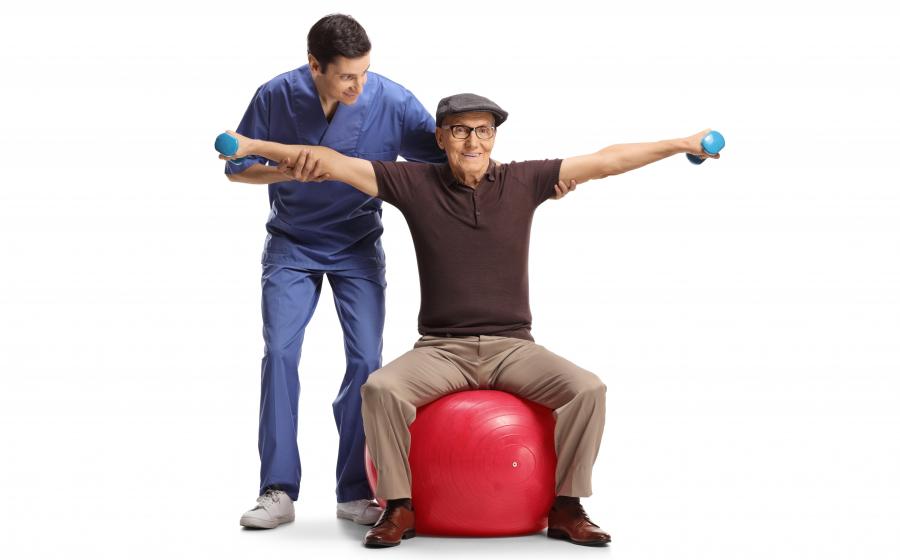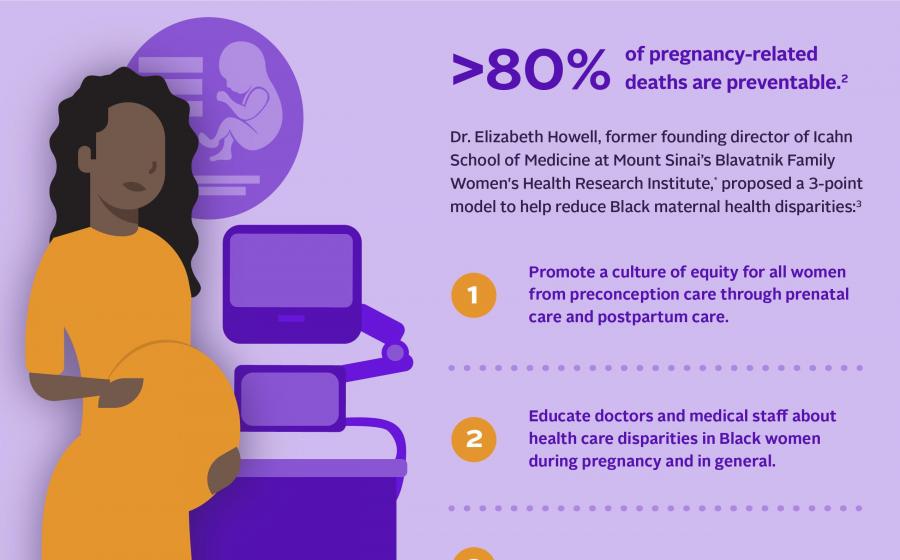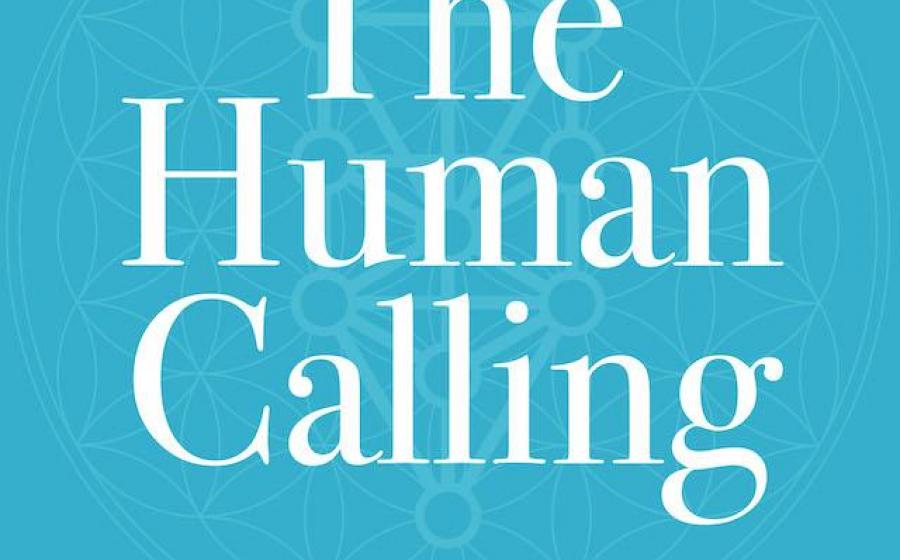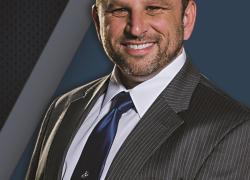Life-saving home-based cardiac rehab coverage to end May 11th, unless Congress acts
(NewsUSA) - The number of deaths from heart disease in America may be rising due in part to a Medicare coverage technicality. Home-based, virtual cardiac rehabilitation is popular nationwide and has proven to reduce the risk of death. In 2018, the American Heart Association and other professional societies endorsed virtual cardiac rehab as an effective option for patients. In fact, a recent study in the Journal of the American Medical Association showed a 36% lower risk of death for those adults participated in a home-based, cardiac rehab program versus those who did not.
- The number of deaths from heart disease in America may be rising due in part to a Medicare coverage technicality. Home-based, virtual cardiac rehabilitation is popular nationwide and has proven to reduce the risk of death. In 2018, the American Heart Association and other professional societies endorsed virtual cardiac rehab as an effective option for patients. In fact, a recent study in the Journal of the American Medical Association showed a 36% lower risk of death for those adults participated in a home-based, cardiac rehab program versus those who did not.
Despite these positive results, Medicare coverage of home-based cardiac rehab will end with the May 11, 2023 expiration of the COVID-19 Public Health Emergency unless Congress takes action.
During the public health emergency, Medicare allowed home-based, virtual cardiac rehab programs to provide patients with access to heart care when centers were closed. However, virtual cardiac rehab is not technically classified as “telehealth,” so the program was not included in the Consolidated Appropriations Act that Congress passed in 2022, extending telehealth services through the end of 2024.
Many patients and providers are now skipping these virtual, home-based programs entirely, since the average length of a cardiac rehabilitation program is four-months and Medicare coverage would end in the middle of the program.
Cardiac rehabilitation continues to be the standard of care for many heart conditions and procedures. These programs include lifestyle issues that doctors aren’t able to monitor, including not only exercise and diet, but also depression, stress, tobacco use reduction, and medication adherence. Unfortunately, only 8% of eligible patients complete these programs due to low awareness and distance from cardiac rehab facilities. Virtual options have helped improve access.
Patients who have gone through home-based, virtual cardiac rehab have reaped clinical and convenience benefits. Georgianna Darmento of Dade City, Florida, started a facility-based cardiac rehab program after several surgeries and multiple health issues, but was frustrated with transportation issues.
After switching to a virtual program by Recora at Tampa General Hospital, she completed the program and has been able to attend her in-person doctor visits more regularly.
While Congress extended telehealth coverage in late 2022, home-based virtual cardiac rehab was not included in these extensions. The good news is that a bipartisan House bill, H.R. 1406, was recently introduced by Rep. John Joyce (R-PA) and Rep. Scott Peters (D-CA) to continue Medicare reimbursement for virtual cardiac rehabilitation. More details about the bill and this critical patient access crisis can be found at The Coalition to Protect Cardiac Rehab Access, www.heartrehabcare.org.
Hospitals, physicians, and patients have written to Congress to sound the alarm on this issue to keep patients out of the hospital and living longer. The Coalition to Protect Cardiac Rehab urges Congress to act now to prevent Medicare coverage for virtual cardiac rehab from ending; patients’ lives are at risk.



 - Despite increased interest rates and inventory challenges, you can still be a homeowner this year.
- Despite increased interest rates and inventory challenges, you can still be a homeowner this year. -
-  Dangerous Blues by Stephen Policoff
Dangerous Blues by Stephen Policoff Dinosaurs Like Bananas Too! by Erin Ciaravino
Dinosaurs Like Bananas Too! by Erin Ciaravino Perfectly Imperfectly YOU by Jamie James
Perfectly Imperfectly YOU by Jamie James Simplify: Powerful Words for Life’s Complicated Situations by Susan Pazak, PhD
Simplify: Powerful Words for Life’s Complicated Situations by Susan Pazak, PhD
 - Spring and warmer weather means more time outside, and finding the right swing set for your yard is a great way to get your kids and their friends (parents, too!) energized and enjoying outdoor play.
- Spring and warmer weather means more time outside, and finding the right swing set for your yard is a great way to get your kids and their friends (parents, too!) energized and enjoying outdoor play.
 - Despite having a standard of living among the highest in the world, the maternal mortality rate in the United States has increased over the past 25 years, according to data from the Centers for Disease Control and Prevention. The numbers are especially poor for Black women, who are two to three times more likely to die from pregnancy-related causes than their white counterparts, while black infants are more than twice as likely to die as white infants. These disparities persist regardless of level of education.
- Despite having a standard of living among the highest in the world, the maternal mortality rate in the United States has increased over the past 25 years, according to data from the Centers for Disease Control and Prevention. The numbers are especially poor for Black women, who are two to three times more likely to die from pregnancy-related causes than their white counterparts, while black infants are more than twice as likely to die as white infants. These disparities persist regardless of level of education.
 - Spring and warmer weather means more time outside, and finding the right swing set for your yard is a great way to get your kids and their friends (parents, too!) energized and enjoying outdoor play.
- Spring and warmer weather means more time outside, and finding the right swing set for your yard is a great way to get your kids and their friends (parents, too!) energized and enjoying outdoor play.
 - Marine Toys for Tots, which is traditionally known as a Christmastime charity, has evolved into a year-round force for good. The year-round assistance and emotional relief that the organization provides extends beyond the holiday season, because needs aren’t seasonal, and neither is Toys for Tots.
- Marine Toys for Tots, which is traditionally known as a Christmastime charity, has evolved into a year-round force for good. The year-round assistance and emotional relief that the organization provides extends beyond the holiday season, because needs aren’t seasonal, and neither is Toys for Tots.
 - With Easter just around the corner, we bring your attention to the work of a Chinese scholar and philanthropist who has combed through 3,000 years of philosophical world history to reveal the truth of Jesus’s message and the Human Calling he brought to all humankind.
- With Easter just around the corner, we bring your attention to the work of a Chinese scholar and philanthropist who has combed through 3,000 years of philosophical world history to reveal the truth of Jesus’s message and the Human Calling he brought to all humankind. 

 - Filing your taxes can be stressful and intimidating, but it doesn’t have to be. As the deadline for
- Filing your taxes can be stressful and intimidating, but it doesn’t have to be. As the deadline for 
 - Not all heroes wear capes. Many of them wear football pads, cleats, sneakers, and skates, and some even carry a bat or a stick. We’re talking about transcendent athletes who can make the jump from the field of battle to the silver screen.
- Not all heroes wear capes. Many of them wear football pads, cleats, sneakers, and skates, and some even carry a bat or a stick. We’re talking about transcendent athletes who can make the jump from the field of battle to the silver screen.




